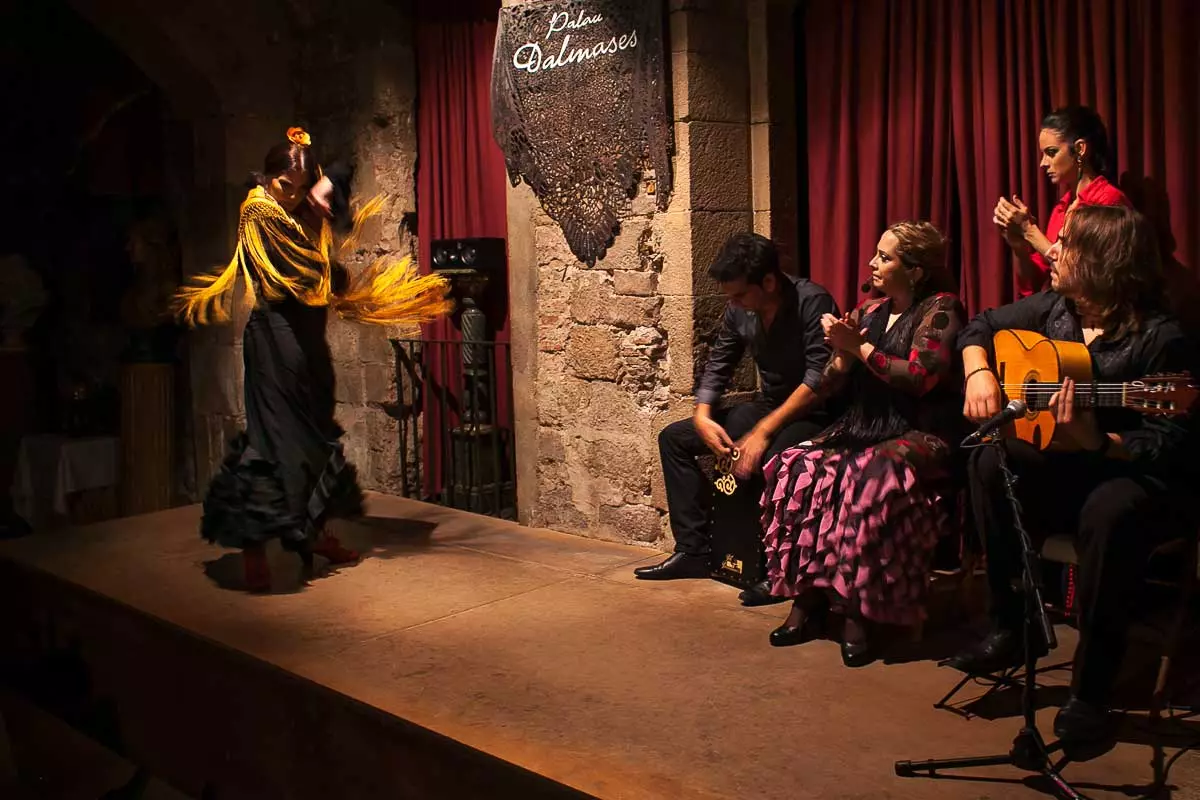
The tables of the Palau Dalmases
Let's draw on popular wisdom, and well-suited praise: ** Barcelona is the ninth province of Andalusia.** As soon as we wander through neighborhoods like Raval, Gràcia, Hostafrancs or the urban environment of Barceloneta, we will find on the way, illuminated under the streetlights and between its modernist facades, unique Flemish discharge deposits that survive with astonishing dignity in the wake of modernity.
Temples to blend in with the gypsy joy live, be instructed in the path of female pedagogy either tapping at shrines of times lived and not entirely buried.
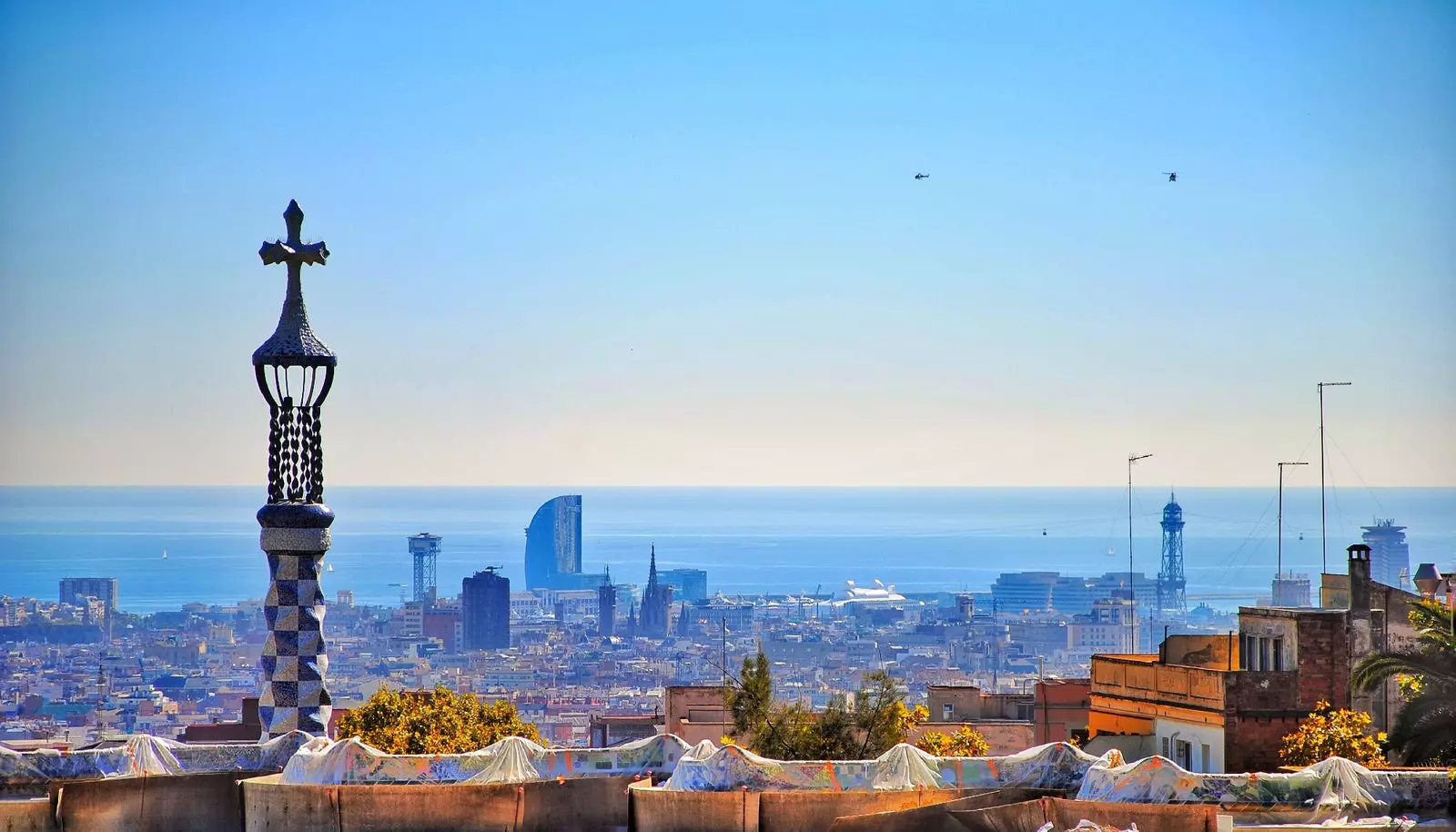
Barcelona, flamenco and feminist
Barcelona knows how to listen, feel, soak up the duende of cante jondo with that heartfelt melancholy of someone who misses the land of their parents (or grandparents).
It happened in the 50s, when two million Andalusians they decided to distance themselves from the warmth of home with the fertile expectations coming from the north.
Almost half of them did it in Catalonia. Decades later, in a very different century, the flamenco sigh, whose imprint transcends the borders of this and several continents, marks the rhythm of its own revolution with the allegation of feminism by flag and a staging with fewer frills and more consonants.
PALMAS, TACONEO AND LEATHER JACKET
Under the stone dome of the MACBA, the silence is thunderous. Countdown to the start of the last great event of Momentos Alhambra en Flamenco.
In rigorous black, crimson lips and blond hair blowing in the wind, the temperamental voice of Rocio Marquez she walks around the room to the beat of a tango. On the stage, just a guitar and a percussionist, together with this young, educated and 'paya' cantaora. The challenge is served.
lofty as the voice (and the mind) of the new generation of cante jondo, The artist from Huelva is committed to a renewed expression of flamenco, without neglecting a strong command of the genre's traditional palos.
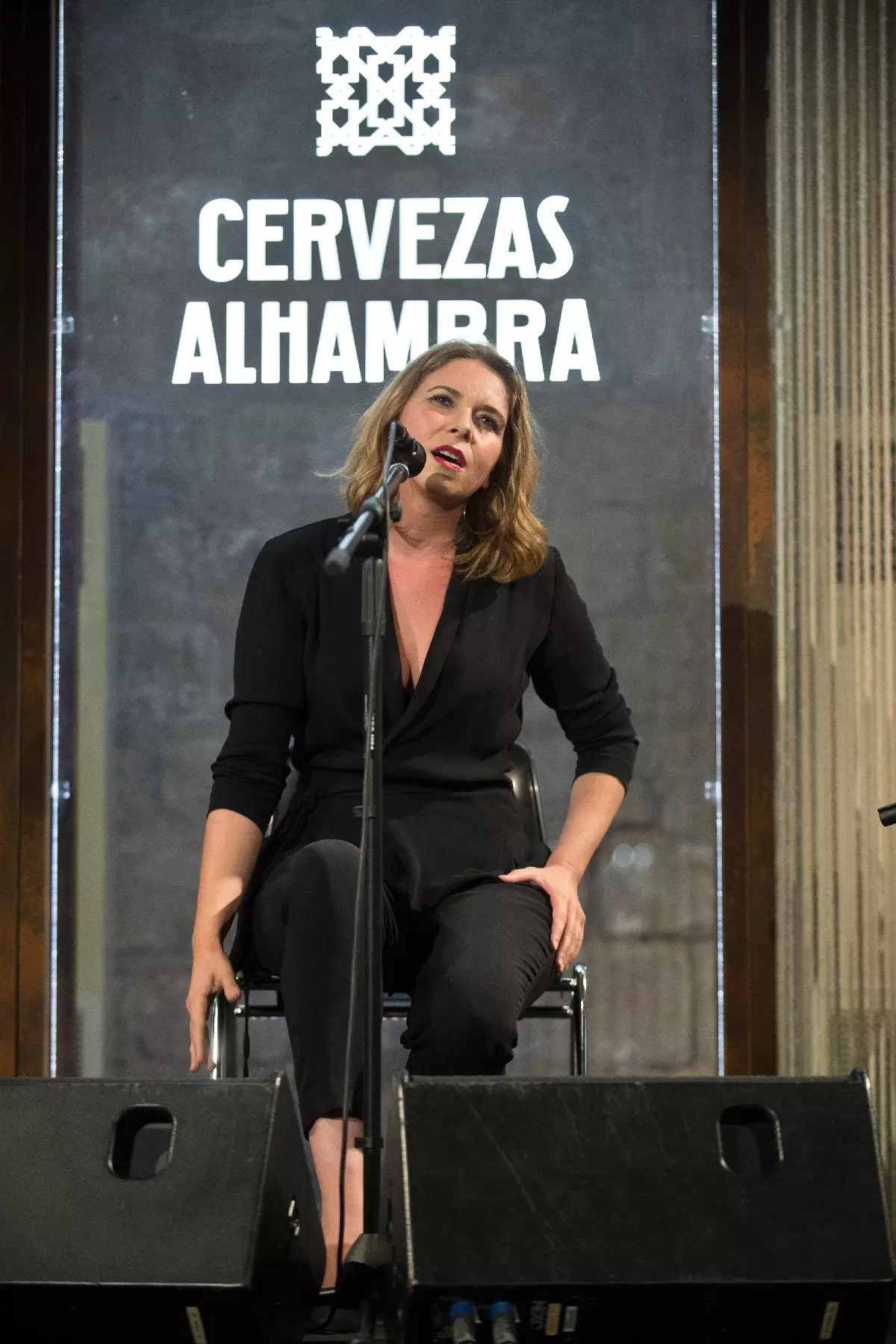
Rocio Marquez on stage
In this avant-garde twist, Rocío assumes her aesthetic code: she puts the leather jacket before the faralaes dress. "The traditional flamenco aesthetic seems visually very powerful to me. But at this point in my life I don't feel represented by it. I like my public image as an artist to be as much in tune as possible with myself, so that when I look in the mirror when I go out on stage, I can be recognized. Consistency is a value I like to work on," she says.
Apart from this new jondo drive, in Barcelona there are temples worthy of remembering:
The Flamenco Tarantos _(Plaça Reial 17) _
In 1963, a year after the premiere of the homonymous tape of Francisco Robira Beleta, opened its doors indisputable reference of the Barcelona tablaos.
More than 50 years later, the emblematic stage of flamenco and Catalan rumba doubles its heels to captivate a large –and increasingly educated– audience that attends one of the most traditional shows in gypsy Barcelona.
Tablao Cordoba _(La Rambla, 35) _
Consecrated to the great names of flamenco, the great Adame family of this posh tablao has a long history of historical direct cante jondo.
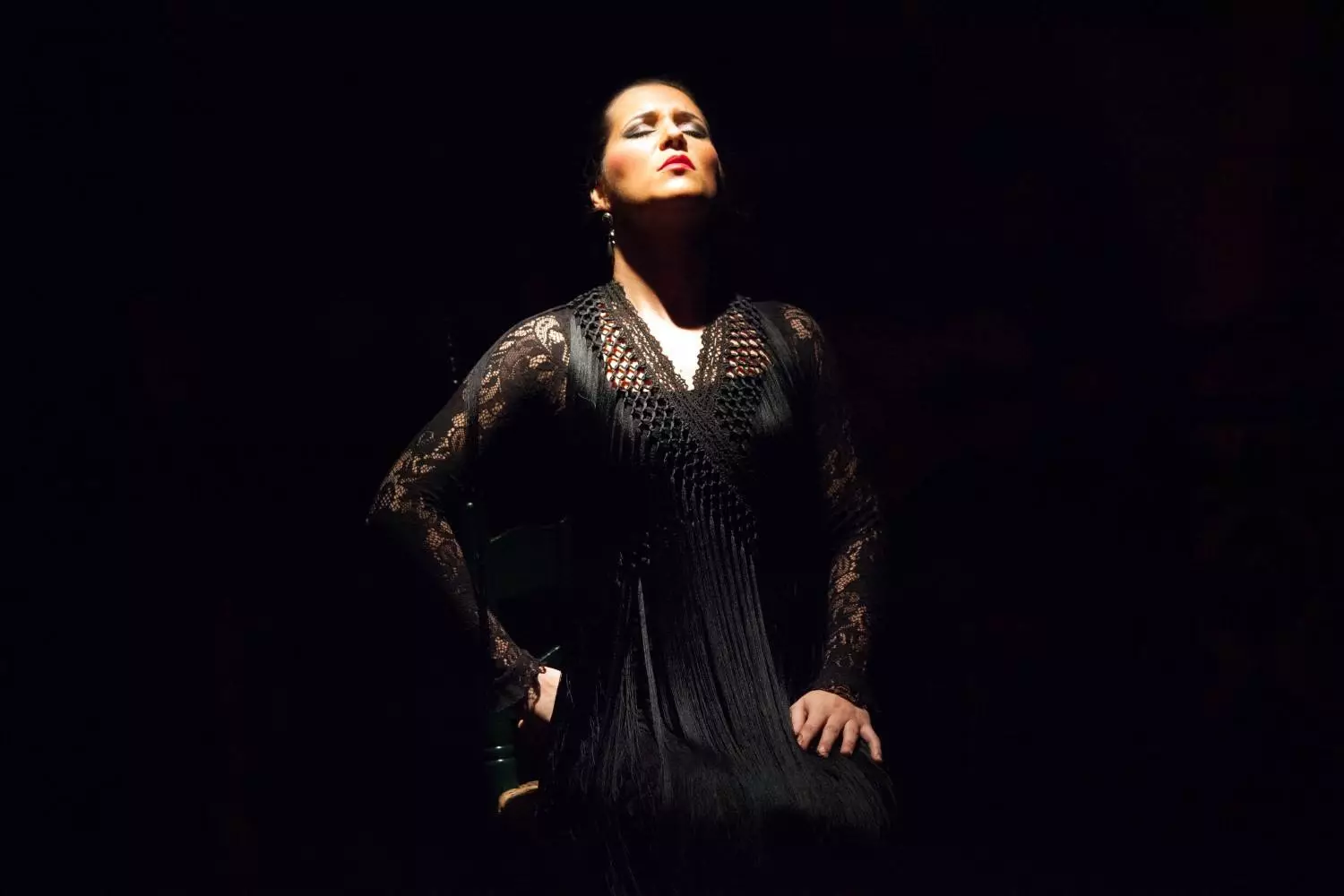
Paloma Fantova in Tablao Flamenco
In this century, the prodigious cast of its bailaores and artists make seniority something more than a degree. It is the case of Karim Amaya, indirect descendant of Carmen Amaya, whose claw on the stage receives applause in Japan, New Mexico, New York, Quito...
Palau-Dalmases _(Montcada, 20) _
His thing is live musical excellence in a deliberately opulent, baroque, sensational setting: an old palace from the 17th century of more than seven hundred years that programs equally incunabula of jazz, opera and flamenco.
NEW TIMES FOR THE LYRIC
New winds emanating from the latest from Márquez, Firmament, a flamenco album of heartbreaking sobriety, recognized as one of the best of 2017.
"I am very satisfied with the response. It was a risky and ambitious project: a flamenco album without a guitar and with musical arrangements far from the usual canon. In live performances, he is full of energy and helps to reach new audiences of classical, jazz or indie", says Rocío.
Meanwhile, the Alhambra concert cycle challenges the public with the audacious proposal of leaving the comfort zone of flamenco to place ourselves in unexpected places...
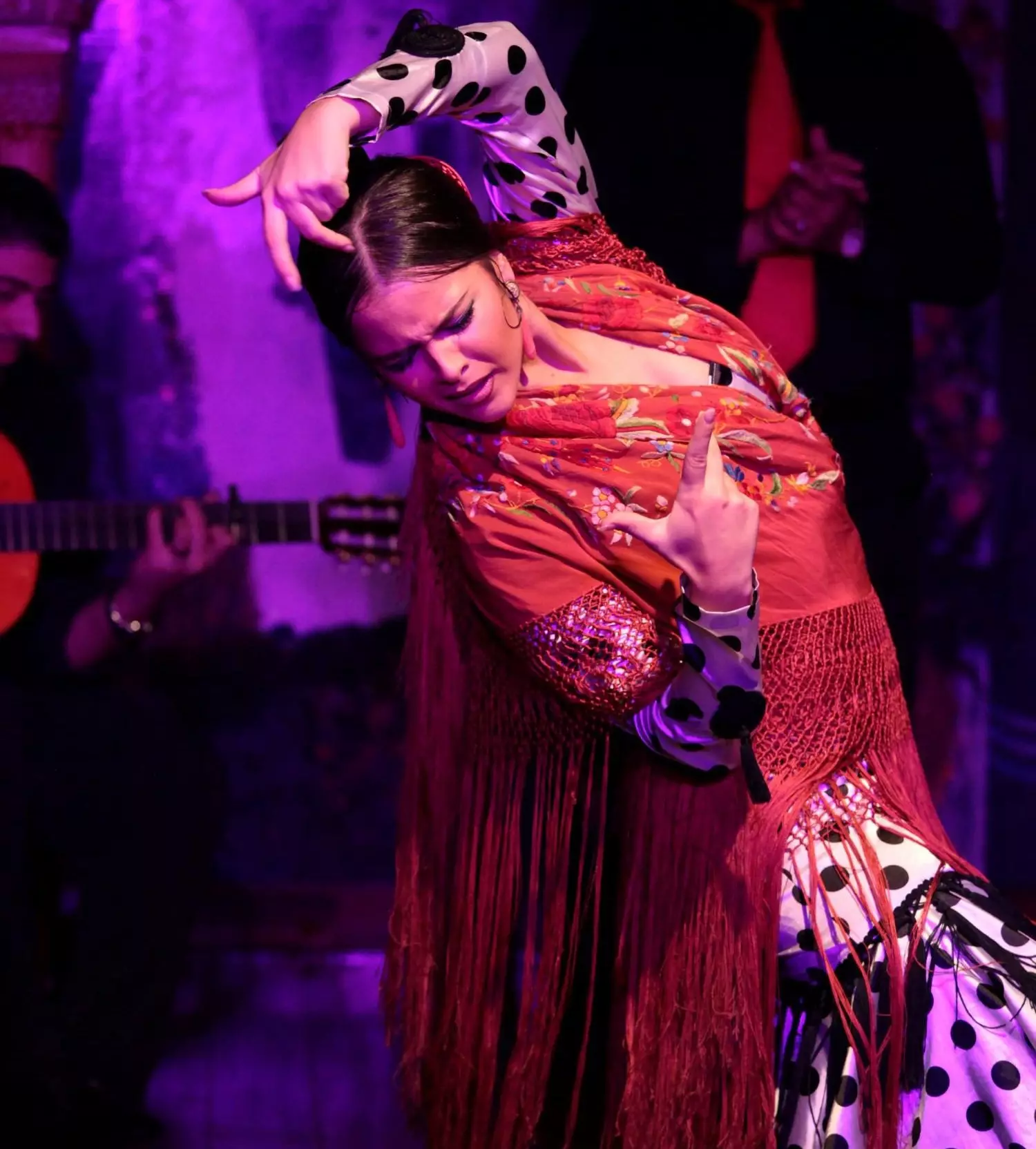
Macarena Ramirez
"I have had the opportunity to sing at MACBA and the first thing that caught my attention was seeing greater diversity in the public. So perhaps getting off the beaten track is a key to reaching new viewers. One of the things that fills me the most as an artist is feel how emotional a lifelong fan can be, as well as a person who sees flamenco for the first time. This happened in Barcelona, it was a really emotional night", he concludes.
Rocío moves in that game of contrasts between the explosion of emotions and a delicate long-distance voice: "I think that all people, deep down, are a bit of everything. We are fierce, delicate, expansive, shy... And I feel lucky to be able to bring it out on stage thanks to cante".
In Barcelona, these two sanctuaries evoke those ‘new times for (Flemish) poetry’:
Leo Bar _(Sant Carles, 34) _
In one of the most flamenco streets of Barceloneta, the bar of 'the Leo' has become a colorful sanctuary dedicated to baby , essential singer of the 1960s and adopted son of the neighborhood.
Perhaps more, if possible, the art of Utrera volcano revives between the walls and the floor of this parish of Sant Carles every weekend, when its assiduous artists start sevillanas, clapping and heel tapping with the approval of the Leo. Because she wants it that way.
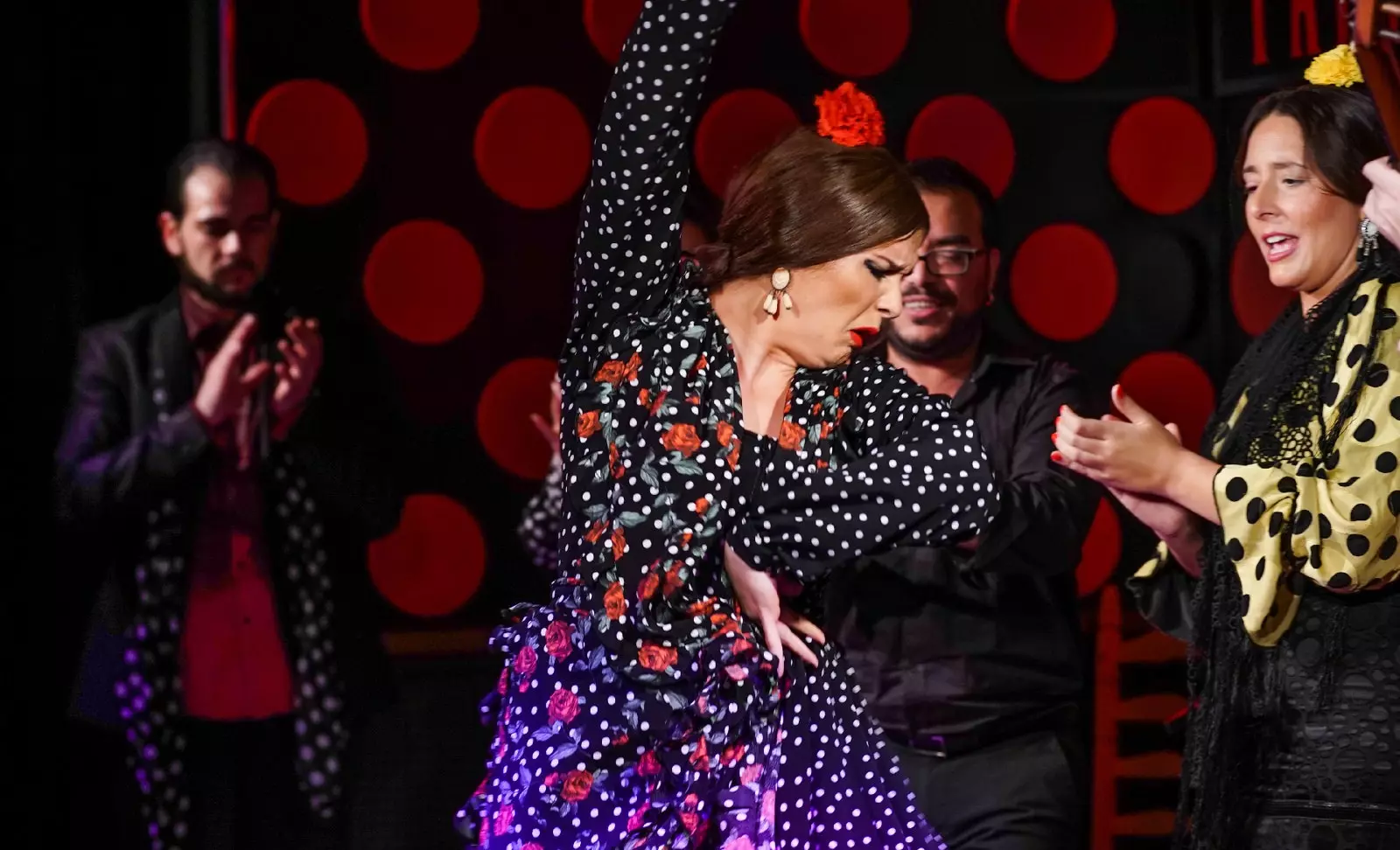
From Union, in Los Tarantos Flamenco
23 robbers _(Robber, 23) _
Incombustible temple of flamenco, unrepentant cave for a variety of jam sessions, jazz club. All this adds charm and nightlife to an essential for music-loving, single souls in Barcelona. Since 2004, its loyal and diverse parishioners give life to its daily concerts, also rock, funk or electronic.
A WALK THROUGH HISTORY: PALMEO, RUMBA AND AMEN
In the eternal debate between past and present, Rocío Márquez, like Barcelona, opts for a coexistence in harmony: "They are not two isolated or mutually exclusive currents. Heterodoxy and orthodoxy have been in constant dialogue since the genesis of flamenco. What was heterodox a hundred years ago is today considered a fundamental part of the orthodox canon", she explains.
"So in this dialectic I feel located: I love tradition, which is alive in my repertoire, and, at the same time, I need to contribute my stamp and try to open up new horizons for flamenco", continues Rocío.
"Perhaps the peculiarity that we flamenco artists deal with is that this music is genuine of our culture, It is part of our heritage. That is something that attracts a lot of attention outside our borders", concludes Márquez. And the flamenco legacy of Barcelona resists here:
Somorrostro Beach (and its neighbor Barceloneta) : from a good handful of barracks invaded by gypsy families who arrived in Barcelona in the 1940s to the promenade safeguarded by design hotels and posh restaurants.
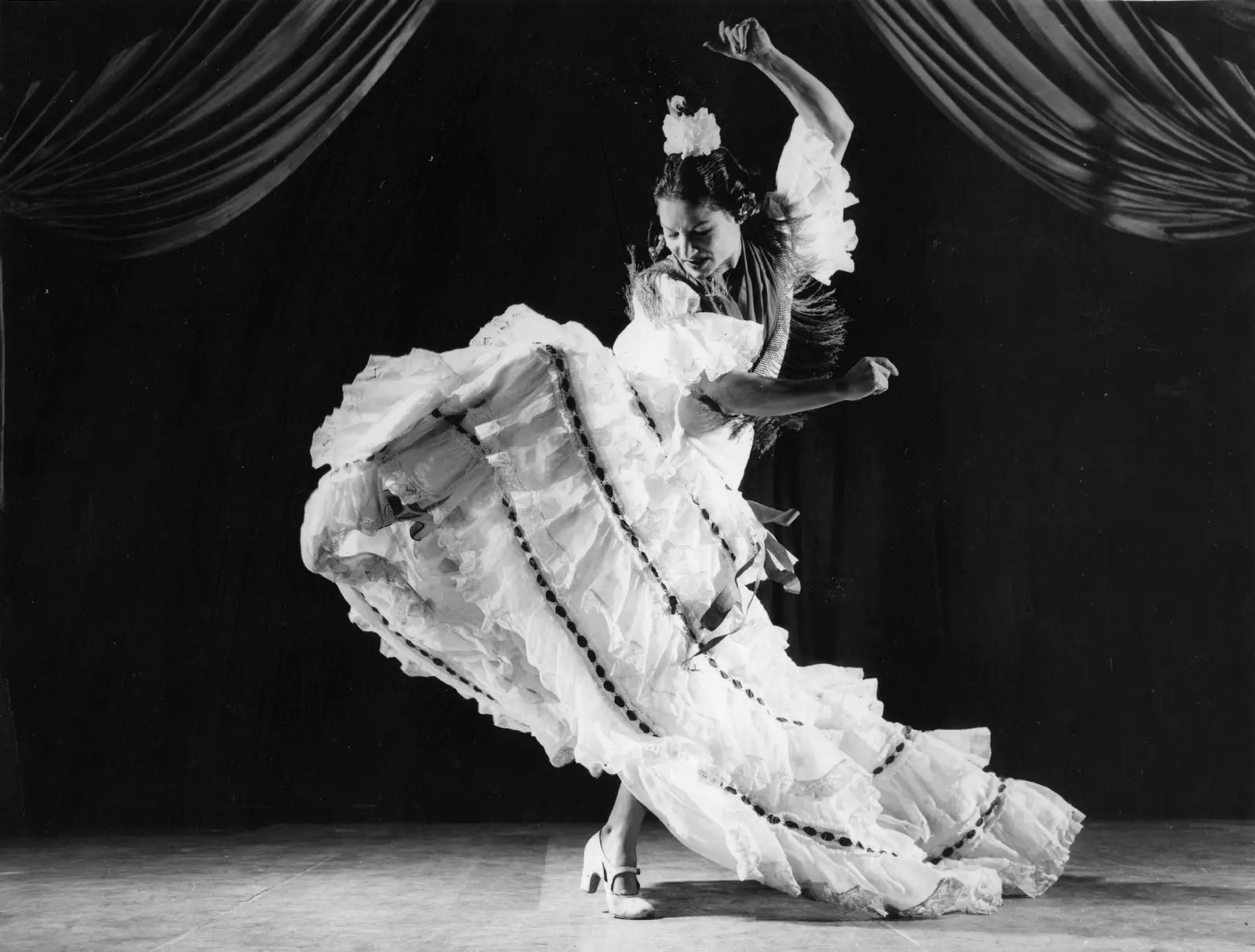
Flamenco dancer Carmen Amaya
In that particular metamorphosis that Somorrostro beach has experienced, Carmen Amaia, her daughter, her prodigal, brings that dose of mysticism necessary in the future of this neighborhood.
In a street near Poet Boscà square, the seaside-inspired Maians tavern, that left Carmen herself speechless, maintains the aroma of the sea, the prices and the tradition of the honeys of the last century.
Herenni Square (Hostafrancs) : one of the first neighborhoods where the Romani community of Catalonia was established (and mixed) with those from Andalusia took its place in the international chronicles in 1992, when The Manolos, its most famous neighbors, they told the world that the Barcelona Olympic Games were rumberos or they weren't.
Cera street murals (Raval): Since last January, one of the main arteries of the Raval has been part of the cultural heritage of the local genre called Catalan rumba.
Not so much for its historical merits, but also for the Interventions in the dividing walls that illustrate the art of this musical genre at numbers 6 and 57 on Carrer de Cera. The municipal tribute recreates with sculptures the heartfelt melodies that it immortalized Peter.
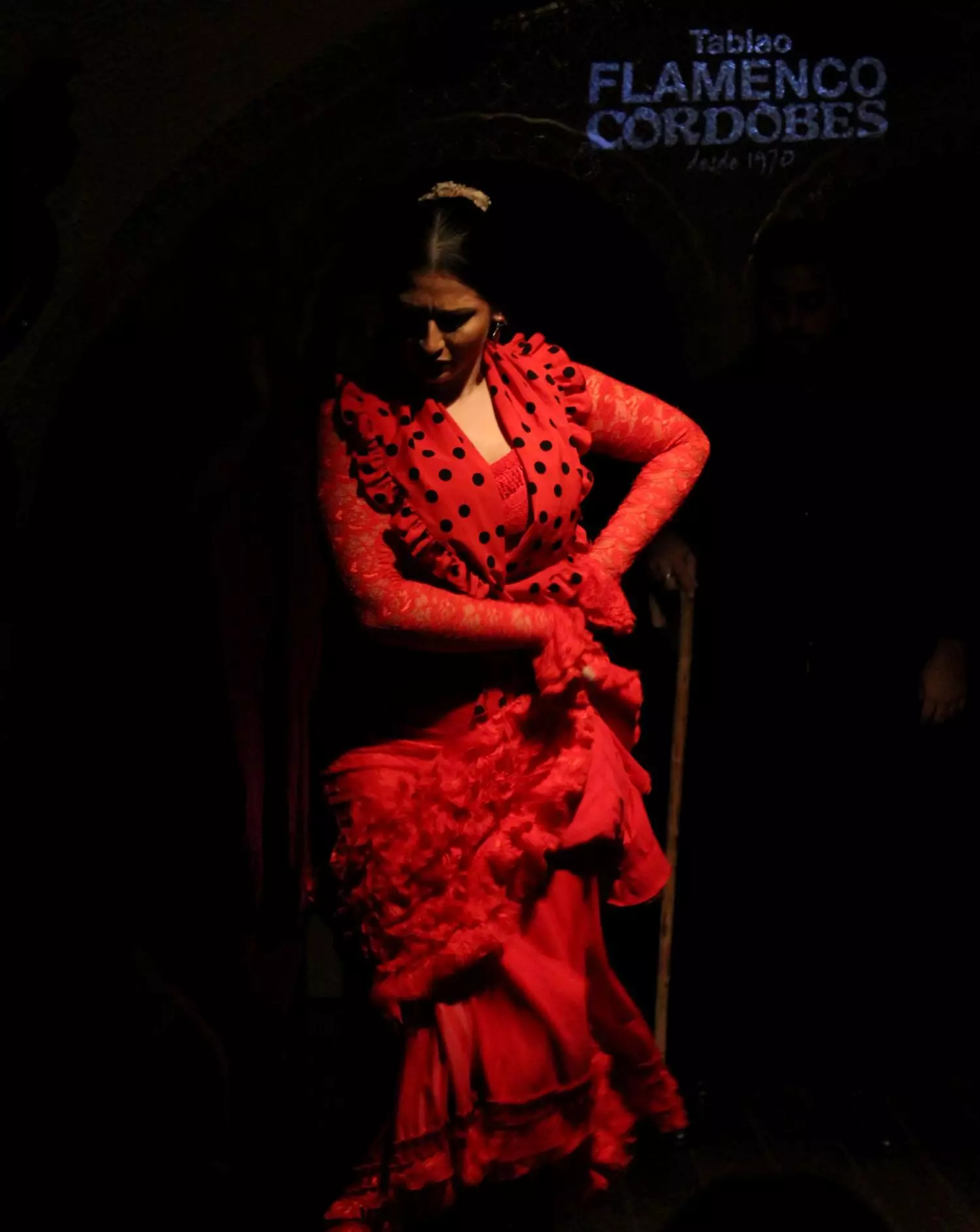
The artist Karime Amaya, whose talent has passed through Japan, New Mexico, New York or Quito
Poble Romaní Square and Raspall (Gràcia): Rumbero and Argentine, the magic of the composer's lyrics Perez Cat He found in the rumberas bases, in 1977, the best musical continent to consolidate his eternal love for Barcelona.
And it became clear in this square in the Gràcia neighbourhood, whose municipal festivals consolidated the unique way of strumming the string of the Argentine artist. A few steps further, in the always melodic Raspall square, grew the Pescailla, cornerstone of the Catalan rumba and husband of the matriarchal flamenco legend: Lola Flores.
THE VOICE OF SINGING IN FEMALE
Since Shell the Peñaranda either Carmen Amaya , going by Star Morente Y carmen linares up to the phenomenon Rosalia either Silvia Perez Cruz , singers and dancers have proclaimed with their art the feminism…
"We are in a historic moment of feminist awareness. A change led by women in politics, science, sports, the arts and, of course, flamenco", Rocio says.
And she continues: "We have the opportunity to make ourselves heard like never before and it is something that we must take advantage of for ourselves and for all those women who have been silenced throughout history. My artistic career makes more sense if I can put it at the service of political causes such as feminism, the refugee crisis or the environmental challenge."
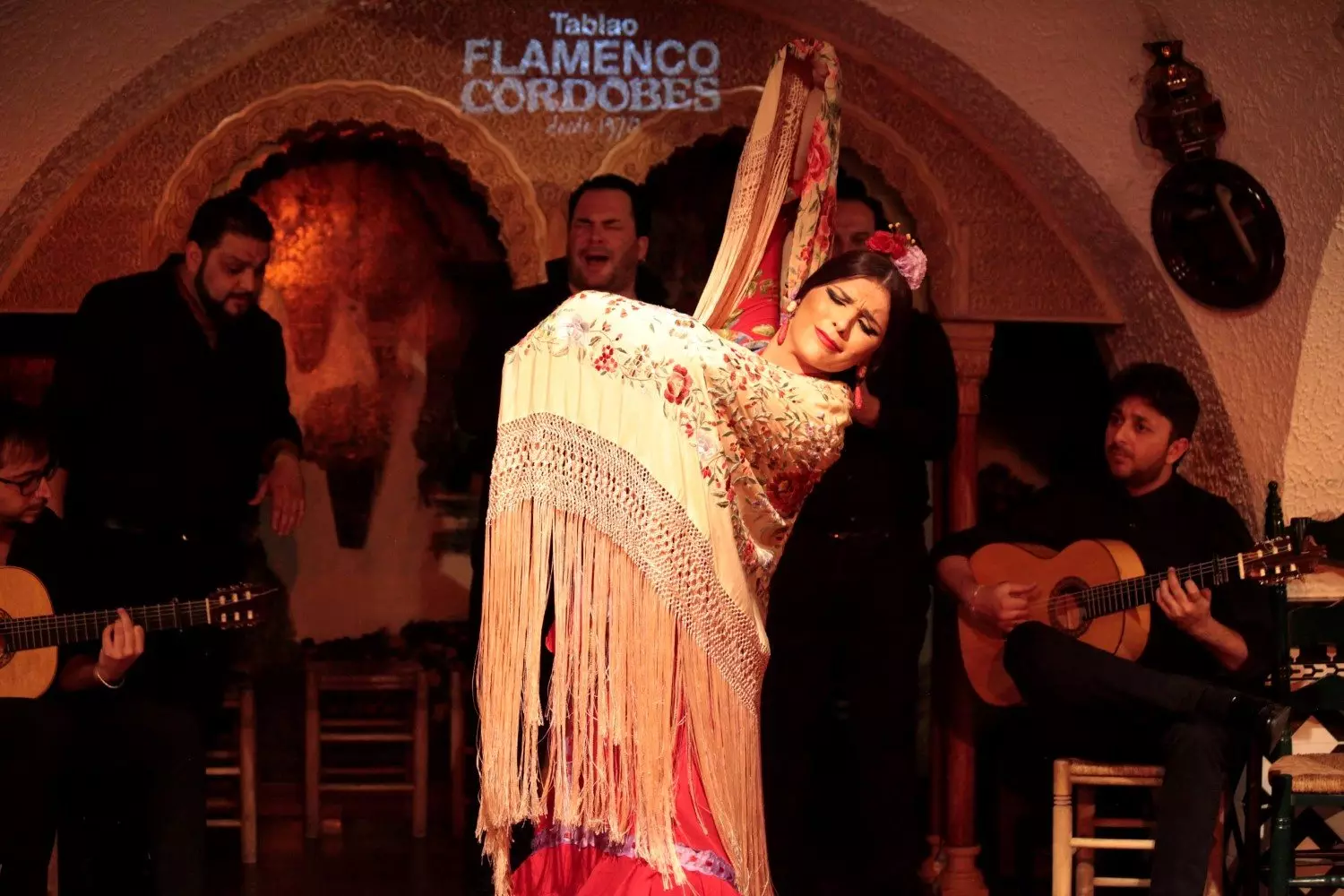
Inés Rubio delighting the attendees of Tablao Cordobés
Apart from her artistic career, Márquez has a doctorate in contemporary flamenco. In his innovative thesis he pointed to the influence of menstruation in the process of vocal intonation:
"I was inspired by Diario de un cuerpo (Erika Irusta), where she reflects on the changes that exist in each of the menstrual phases. And I wondered how all this affected cante, so I made my own diary in which day by day I wrote the state of my body, of the voice, of the mucosa, the facility to tune, to project the voice... from it, and from numerous interviews, I drew conclusions that help me to read and adapt to my body when singing".
With fewer words, and with more substance, these spaces embrace (also) feminine doctrines:
Carmen's tablao _(Avda. Francesc Ferrer i Guàrdia, 13) _
Back in 1988 she started tapping on the boards of this incandescent sanctuary Carmen Amaia. every evening two shows acclaimed in the circles of orthodoxy alternate with the styles with the best press in flamenco, and complete the night of dancing and singing with a gastronomic proposal which is set in the south.
Flora Albaicín Flamenco Institute – National Flamenco Award _(Vallirana, 71-73) _
Jean Cocteau and Antonio Mairena are the best claim of ‘the oldest flamenco school in the world’ awarded, according to the canons of the Chair of Flamencology (Jerez), by the method that bears the name of its creator, progenitor of Flora Albaicín, who today owns the family business. Here the flamenco formation begins with the dramatic Art and ends with the most outstanding suits of the genre.
** Gloria Belen Academy of Flamenco Art ** _(Pere Serafí, 27) _
Bailaora and cantaora, the soul of this school of dance from Gràcia inoculates her grace and passion to any of the souls that land, for the first time or for the umpteenth time, in her classes of no more than 12 students that here can be trained in flamenco and in other lesser-known palos such as mirabrás, tarantos, piyayos, seguiriyas...
"I would say that the most imminent challenge of feminism is to generate our own stories, explain the world from our own experience. And this is done by writing, painting or singing," says Rocío.
